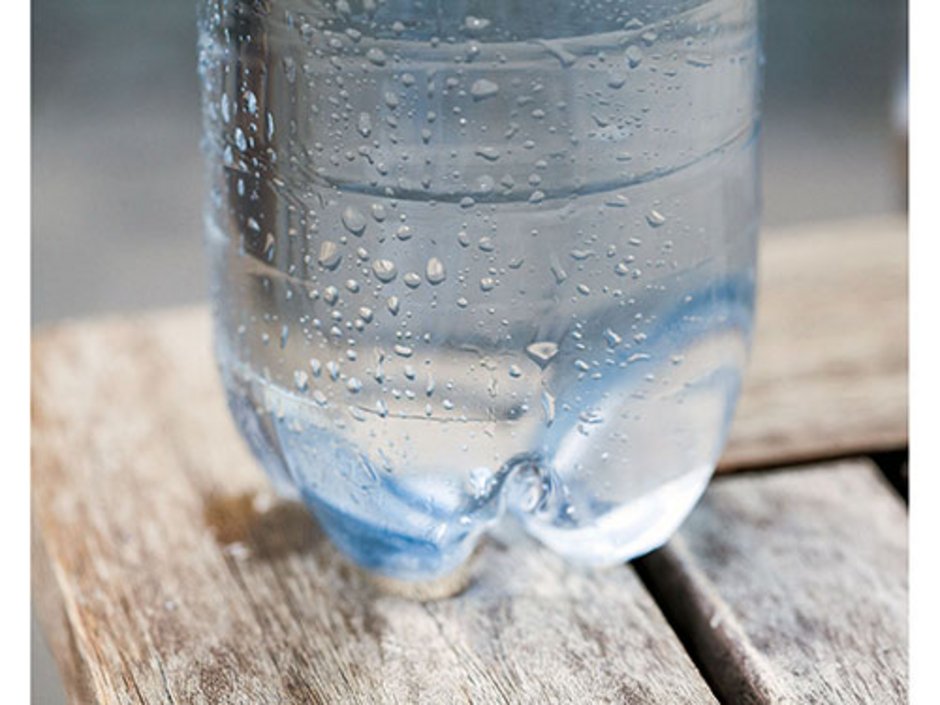15 - What are the most important parameters for drying plastics?

When drying plastics, you should always keep four parameters in mind – and each one has an impact on the other three.
1. The drying temperature is the parameter with the biggest influence on drying speed. At temperatures above the glass temperature the diffusion rate increases disproportionately rapidly. However, it is not possible to simply increase the drying temperature as required, as this can thermally damage or melt the material. Moreover, if the temperature is too high, the additives can separate from the granules and mix with the surrounding air. Plus, excessively dry material can pose difficulties with regard to plastification.
2. The flow of dry air transfers heat energy to the material, causing the moisture in the granules to evaporate and dissipate. The airflow volume will also have an impact on drying speed, but once again it cannot be simply adjusted as required. Although a higher volume of air will translate into faster dehumidification, it can also destabilise the material and cause a fluidised bed, or can lead to overdrying. Moreover, applying an excessively high air flow generates unnecessary costs. However, at the same time it is essential to ensure the volume of air is sufficient to raise the temperature of the granules to the required level within the given time frame.
3. The dew point is determined by the dryness of the air. It refers to the temperature at which the relative humidity is 100 per cent, i.e. the air is fully saturated with moisture. If the air is cooled to below the dew point, the water condenses and forms droplets (see photograph). A lower dew point can only accelerate the drying process to a certain extent due to the limits imposed by the diffusion rate. For the majority of hygroscopic plastics, a dew point of approximately -20° Celsius is sufficient for drying. Very low dew points are associated with very high energy consumption. When using hot air to dry the material, the dew point varies depending on the ambient conditions; when using dry air, it is kept stable within pre-defined limits. If the drying temperature remains constant, differences in dew point will only have a minor impact on drying speed.
4. Lastly, drying time will depend on the material used based on the diffusion rate of the water from the granules, the initial moisture content and the target residual moisture content. Damage to material can occur if the drying process is too long or is carried out at an overly elevated temperature.
As a general rule, all four parameters must be adjusted in line with one another and with respect to the material being dried. Because each parameter influences the drying process and the outcome in a different way, changing one will always mean altering the others if the same drying results are to be achieved.
How can drying equipment look like? Find out on www.motan.com
